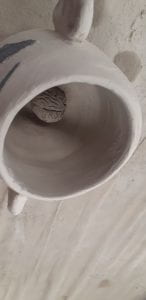This past week, we learnt how to graph quadratic equations.
We need to understand parent functions to begin
parent functions:

The parent functions’ vertex is located on the origin, (0.0). The vertex is the point of intersection of the parabola, the axis of symmetry.
This graph represents y=x2

example:
We are given a quadratic equation, let’s say: x^2 +6x – 16
Vertex form: y= a(x + p) -+q
We need to complete the square in order to change it from general form to vertex form.
6 ÷ 2 = 3 3^2 = 9
Now we re-write the equation as:
y = (x^2 + 6x + 9) -9 – 16
y = (x + 3)^2 – 25
We can now graph general form because it has officially been transformed into vertex form. The vertex form is where the coordinates are located. x= -3, and y= -25.
to graph it, the y value increases by one, then 3, then 5, then 7, then 9 and it keeps going up by 2 every time.






